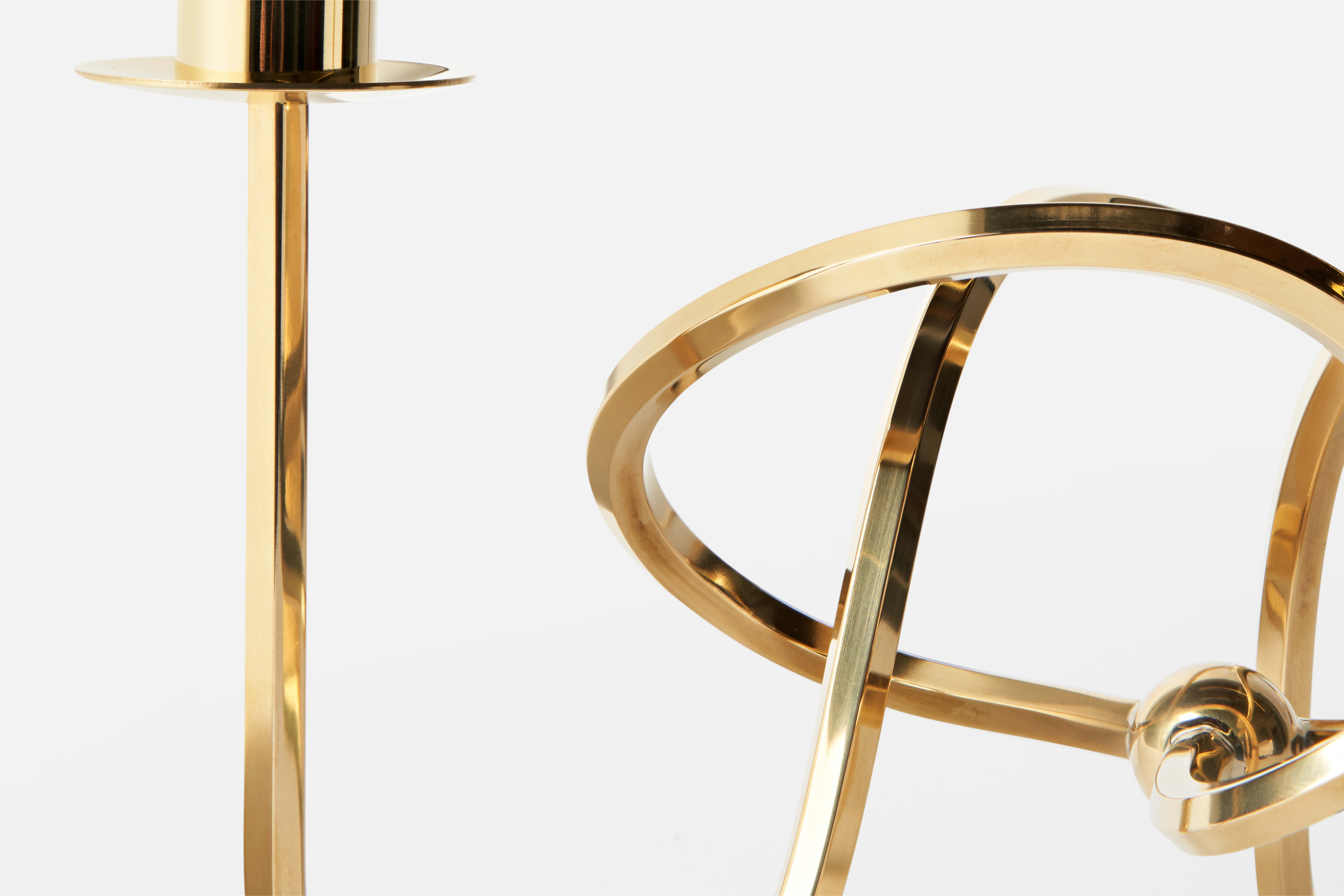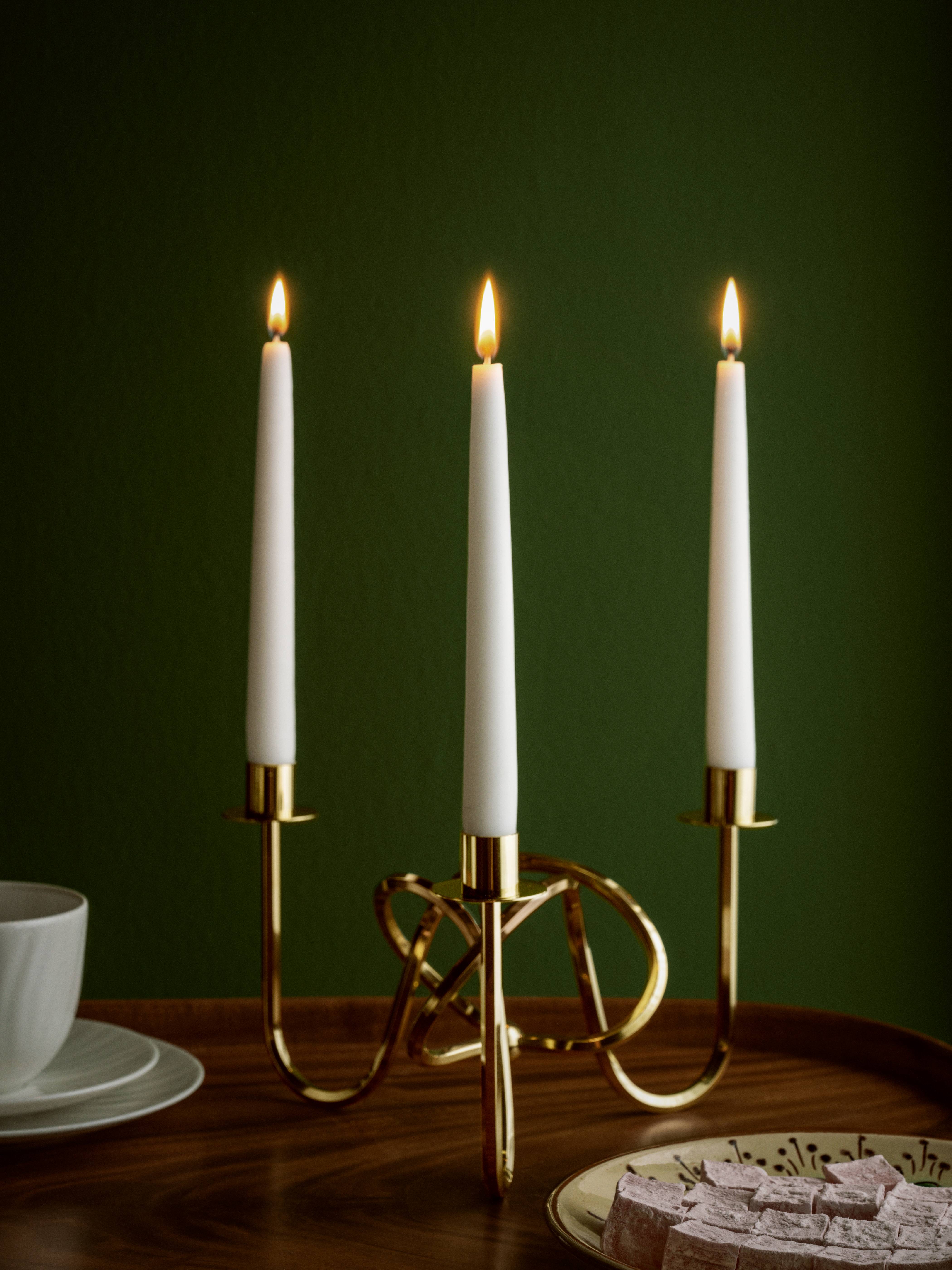
Jönssons Cat

Josef Frank designed Vänskapsknuten (the Knot of Friendship) as a symbol of friendship and peace at a time when Europe was in turmoil. Its classic design and significance contribute to its popularity, and it remains as relevant now as it was back then.


The very first sketch of the candelabra dates back to 1938, just a year before the outbreak of the Second World War. Today the Knot of Friendship has become an iconic object in Svenskt Tenn’s range.


The production of the widely-loved candle holder takes place at Humstorp Metall in Västergötland. Here, a part of Svenskt Tenn's pewter and brass range is manufactured; creations that require a thorough methodology and great craftsmanship.

Austrian designer and architect Josef Frank has had an enormous impact on the history of Swedish design. Despite being nearly 50 years old when emigrating to Sweden, he is now considered one of the country’s most important designers of all time.

Jönssons Cat

Candle Holder Clover

Candle Holder 6-branched

Vase Acorn